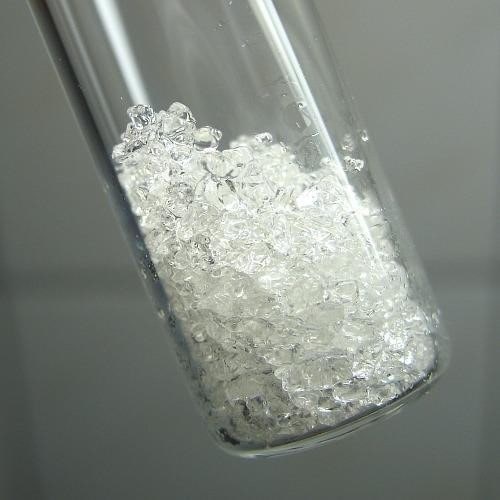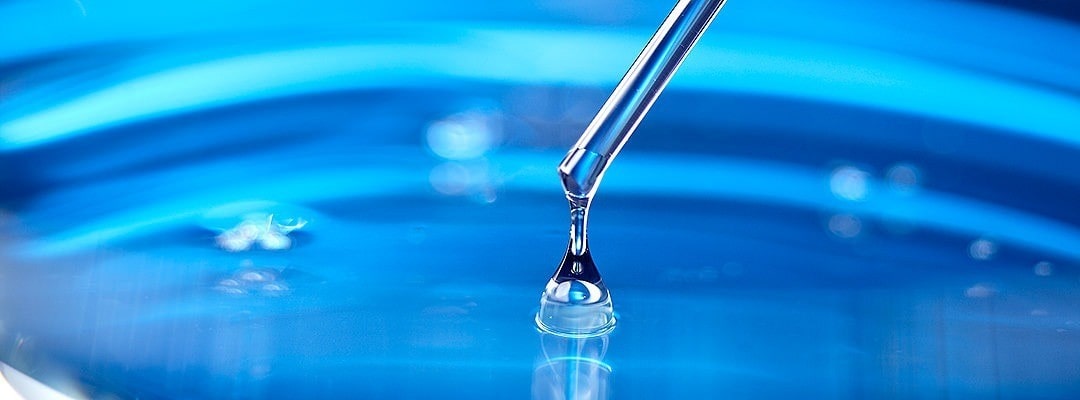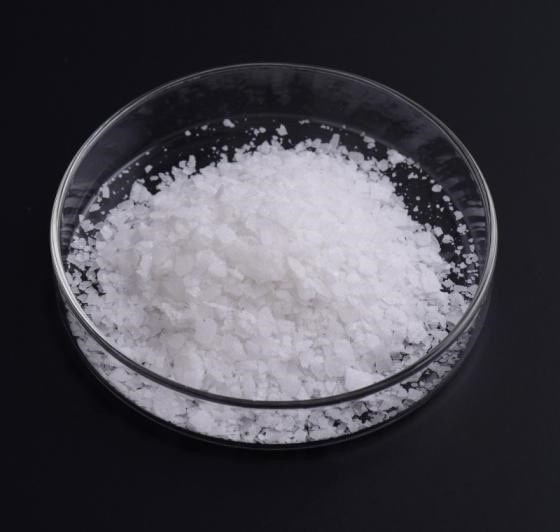What are the main advantages of phthalic anhydride? Phthalic anhydride or PA is known as a chemical compound with a low pub profile. Its chemical formula is C8H4O3 and its molecular mass is reported to be 148.1. It is available in the form of white granules, which is an important industrial chemical in the production of lubricants.

PA structure
What do you know about the benefits of phthalic anhydride?
Plasticizers:
One of the advantages of phthalic anhydride is its use as a plasticizer. These substances are usually natural and organic and are often found in liquid form. Plasticizers are used when combining plastics or elastomers, which makes them expandable and flexible; Therefore, they improve the possibility of polymer processing.
Plasticizers are usually considered the most widely used additives in the plastics industry. These materials are much cheaper than other additives used in polymer processes.
Using it reduces costs. Plasticizers are usually used to make PVC, which makes it used in the production of a wide range of products.
Plasticizers reduce the viscosity of the molten polymer. These increase the melting temperature, the glass transition temperature, and the elastic modulus in the final product without the need to replace the chemical properties of the material, increasing the flow and thermoelasticity of the polymer.
Alkyd resins:
One of the advantages of phthalic anhydride is its widespread use in alkyd resins. These types of resins are known as the most common and least expensive synthetic resins. Alkyd paints show good resistance to sunlight, weakly acidic environments, and rain. Alkyd paints are not very sensitive to the cleanliness of surfaces when used and easily adhere to the desired surface. Things like spraying dilute acid and low sulfuric acid vapors do not affect the quality of these paints.
Another advantage of using phthalic anhydride is its use in medicine, which, when treated with cellulose acetate, causes the cellulose acetate phthalate to react properly in the body. This material is used as a common auxiliary option to cover the intestine. Another advantage of this substance is its use for antiviral activities.
Another use of phthalic anhydride is to increase the resistance of materials and coatings to flame and fire. Other advantages of this material are its use in the production and manufacture of polyester polyols, polyester imid resins, and halogenated anhydrides.
Unsaturated polyester resins:
One of the main advantages of phthalic anhydride is its use in the production of unsaturated polyester resins. These resins are hard to heat and make it possible to bake from the liquid state provided that the right conditions exist. The most widely used resins in the world are polyunsaturated. These resins have the main polymer chain which is the result of ester bonding. In addition, as a result of the intensive reaction are a multi-element acid and a multi-element alcohol composition.
Another advantage of using this material is that it can be considered as a precursor for various types of useful reagents in organic compounds. One of the well-known applications of this substance is its use as a reactant for the preparation of the anthraquinone kinaserin dye by the reaction of hydrolysis of chloride and parachlorophenol.

PA Advantages
Safety Tips About Phthalic Anhydride
This substance, like any other chemical, in addition to its advantages, also has disadvantages, which we will discuss below. Prolonged exposure to phthalic anhydride may have acute effects.
Exposure to this chemical, which is mainly used in the plastics industry, can irritate sensitive parts of the body such as the skin, respiratory tract, and eyes.
These injuries are short-lived and no permanent damage has been observed. The long-term or chronic effects of this substance include irritation of the skin and mucous membranes in the respiratory tract. Exposure to this substance leads to other chronic diseases, including bronchitis, rhinitis, conjunctivitis, and rhinoconjunctivitis.
According to animal research and studies, if people are exposed to phthalic anhydride vapors for a long time, their lung cells will condense, irritate and cause serious damage. No research has been done on the effect of phthalic anhydride on reproduction or cancer in humans. Therefore, this substance has not been classified as a carcinogen.

